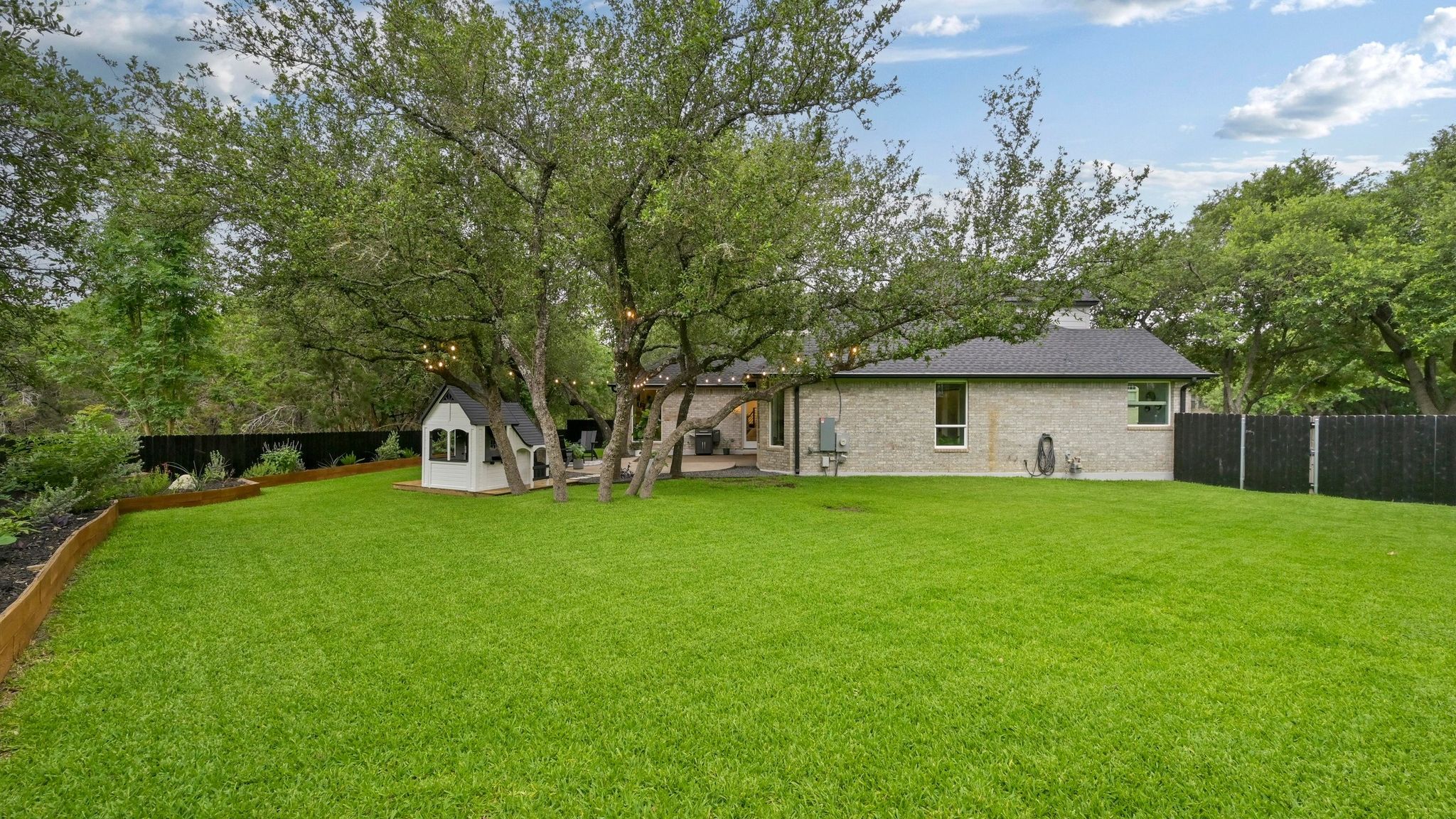The Real Cost of Random Marketing vs. a Systematic Strategy
Oct 24, 2025
The Real Cost of Random Marketing vs. a Systematic Strategy
Most agents don’t fail for lack of effort. They fail because their effort is scattered. A post here, a postcard there, an open house when time allows—it feels busy, but it isn’t building anything. The cure is systematic real estate marketing: small, repeatable actions that connect across channels and compounding weeks.
The Neighborhood Expert System (NES) is built for this. It connects open houses, off-market outreach, social media, YouTube ads, direct mail, and email into one rhythm. Instead of random acts, you run a calm, repeatable plan that grows recognition, trust, and listing conversations over time.
What Random Marketing Really Costs
Random marketing looks harmless, but its costs add up fast. You lose time switching between ideas. You waste money testing tactics that don’t connect. And you miss chances to follow up because nothing is planned to work together. The biggest cost isn’t dollars—it’s the opportunity you never see because people don’t see you enough to remember you.
With systematic real estate marketing, every task points to the same neighborhood message. The signs, the posts, the mail, the ads, and the emails all match. People begin to think of you first—not because you shouted, but because you showed up the same way, every week.
How a Systematic Strategy Pays You Back
Clear, Simple Weekly Actions
Systems reduce decision fatigue. You know what to do and when to do it. That frees your attention for conversations and problem solving—the work that actually creates listings.
Compounding Local Recognition
Repetition is powerful. When the same message appears in different places—yard signs, short videos, mail, and a steady email—neighbors connect the dots. Over time, your name moves from “familiar” to “trusted.” That is the core return of systematic real estate marketing.
Better Follow-Up, Less Friction
Systems prevent the “I meant to follow up” problem. Because your plan includes simple next steps—thank-yous after opens, a Friday neighborhood update, a Monday recap post—momentum never dies.
Inside the System: How Each NES Pillar Works Together
Open Houses: Where Conversations Start
Open houses are the in-person engine. By Wednesday, secure your weekend open so you can promote it calmly. During the event, greet people by name and ask one simple question: “What would you change about your current place?” That opens a real conversation without pressure.
Off-Market Outreach: Private, 1:1 Opportunity
Off-market outreach is personal—calls, texts, DMs, or a quick knock with a clear reason. If three buyers from your open want a single-story near the park, contact likely homeowners on those streets the next week. You’re matching needs, not blasting mail. This is how quiet listings appear.
Social Media: Presence Without Performance
Post short, local updates: open reminders, “what sold nearby,” or a simple buyer need. Keep it human. The goal is local familiarity, not viral reach. Each post backs up what people already see from your signs and hear from your email.
YouTube Ads: Steady, Local Recognition
Short, neighborhood-focused ads keep your name in the home a few seconds at a time. They work best when they repeat the same message you use in mail and social. That repetition is the heartbeat of systematic real estate marketing.
Direct Mail: Tangible Reinforcement
Mail still matters when it is consistent and local. Share a brief market note or a buyer need. Keep the look clean and the message simple. It should sound like the same agent people see online and meet at opens.
Email: The Channel That Sustains Relationships
Email turns touchpoints into trust. Send a short weekly neighborhood update on Friday: what moved, what buyers asked for, and one useful tip for homeowners. After each open house or 1:1 outreach, send a quick follow-up. Email is where your system compounds into appointments.
Systematic Real Estate Marketing: A Simple Weekly Flow
- Wednesday: secure your open and outline your message for the week.
- Thursday: connect with nearby homeowners about buyer demand or the weekend open.
- Weekend: host the open; have real conversations; note buyer needs.
- Sunday/Monday: post a short recap on social tied to your core message.
- Any day: run a brief YouTube ad that echoes the same message.
- Weekly: send a simple direct-mail piece that reinforces what you’ve been saying.
- Friday: send your neighborhood email with one helpful insight and a soft invite to talk.
This plan is not heavy. It’s steady. That steadiness is why systematic real estate marketing outperforms random activity—even when the random activity looks “busy.”
Why Agents Default to Random—and How to Break the Pattern
Problem: Overthinking and Tool Hopping
When you don’t have a simple plan, new tools look like solutions. In reality, they fragment your focus. Pick a few channels and run them well.
Problem: Content Without a Message
Posting “because you should” creates noise. Choose one message for the week—like “buyers want single-story near the trail”—and repeat it in open houses, social, mail, ads, and email.
Problem: Follow-Up Falls Through
Put follow-up on your calendar. Thank-you after the open. Monday recap. Friday email. Simple, reliable, done.
How to Measure What Actually Matters
Track Conversations, Not Likes
Views and clicks are fine, but they don’t list homes. Count introductions at opens, replies to your weekly email, and 1:1 off-market responses. Those metrics tell you if your system is working.
Look for Recognition Signals
When neighbors start a sentence with “I see your signs,” “I get your email,” or “I saw your short video,” your system is doing its job. That familiarity leads to listing calls.
Adjust Message, Not Channels
If response slows, tune your message (“what buyers want right now”) before you swap channels. The system stays; the weekly angle can change.
Case-in-Point: From Scatter to System
An agent can spend weeks on scattered tasks and feel behind. Switch to a system and the same hours create momentum: one weekly message shared across channels, one open house with thoughtful follow-up, one steady email. The output looks calm, but the results stack. That’s the quiet power of systematic real estate marketing.
FAQs
Do I need all six channels on day one?
No. Start with open houses and email, then add social or mail. Add YouTube ads and off-market outreach as your rhythm becomes consistent.
How long until a system pays off?
Agents usually feel warmer conversations within a few weeks and see stronger listing opportunities within a few months. Consistency beats volume.
What if I don’t have current listings?
Host borrowed opens. Share buyer needs from those events. Use 1:1 off-market outreach to match likely sellers. Email ties it together.
Isn’t creativity more important than repetition?
Creativity helps, but repetition wins. People trust what they see often and recognize. Choose a clear message and repeat it across channels.
How do I keep from burning out?
Make tasks small. Secure opens by Wednesday. Connect with homeowners Thursday. Send the Friday email. Everything else echoes that work.
About the Author
Matt van Winkle is the founder of the Neighborhood Expert System (NES) and the #1 real estate agent in Steiner Ranch, Austin. Known as an off-market specialist and neighborhood-based marketer, Matt teaches agents nationwide how to replace random activity with simple, repeatable systems that build trust, recognition, and consistent listings.
Final Takeaway
Random activity feels busy. A system builds a business. Choose one weekly message, run it through the NES pillars, and keep your follow-up steady. With systematic real estate marketing, your presence compounds into real conversations and predictable listings.
See how the full system works at NeighborhoodExpertSystem.com.



